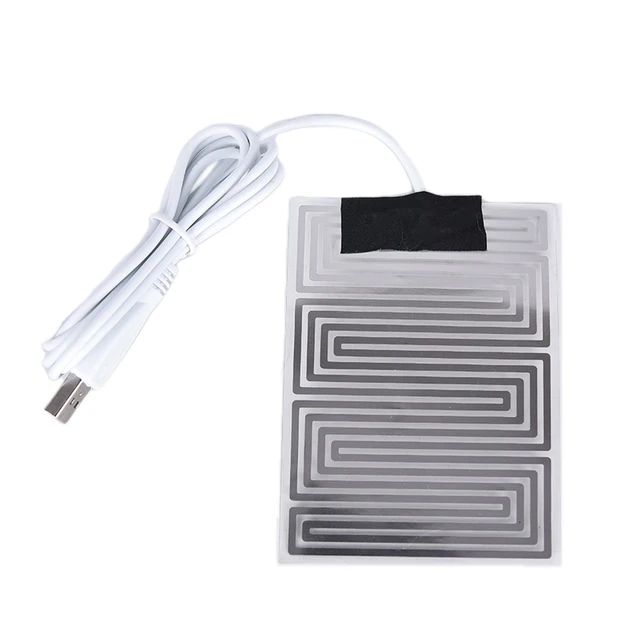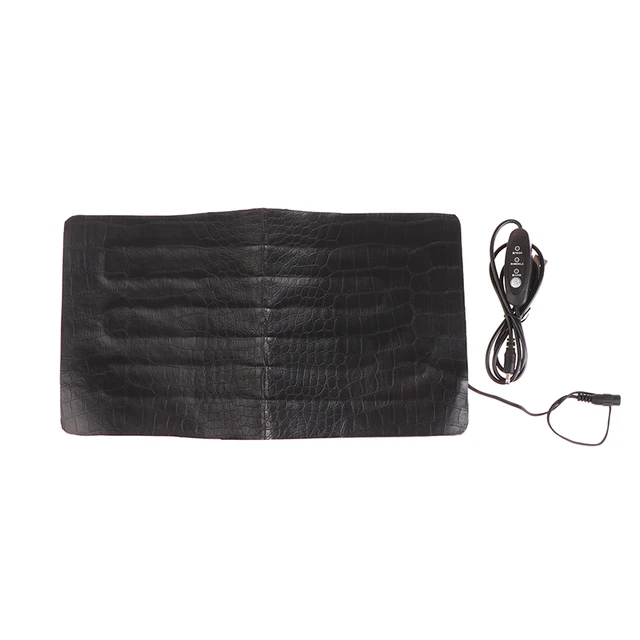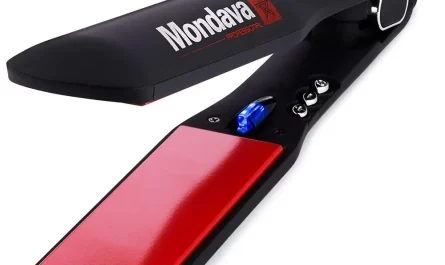Introduction
Far infrared (FIR) heat is a form of thermal energy that is emitted at a specific range of wavelengths. Unlike traditional heating methods that rely on conduction or convection, far infrared heat is believed to penetrate deep into the body tissues, providing a range of potential therapeutic benefits. In this guide, we will explore the effects of far infrared heat on the body, including improved circulation, pain relief, relaxation, detoxification, and potential applications in various health conditions.

What does far infrared heat do?
Far Infrared Heat: An Overview
1.1. Definition and Characteristics
Far infrared heat refers to electromagnetic radiation with longer wavelengths than visible light. It falls within the electromagnetic spectrum between visible light and microwave radiation. Far infrared heat is often described as radiant heat or thermal radiation due to its ability to transfer heat through radiation.
1.2. Penetration and Distribution
Far infrared heat is believed to penetrate deep into the body tissues, reaching depths of up to 1.5 to 2 inches beneath the skin’s surface. This depth of penetration allows for a more comprehensive heat distribution throughout the body compared to surface-level heating methods.
Improved Circulation
2.1. Vasodilation and Blood Flow
Far infrared heat promotes vasodilation, which is the dilation or expansion of blood vessels. This expansion allows for increased blood flow to the treated area, delivering oxygen, nutrients, and immune cells. Improved circulation supports various physiological functions and aids in the body’s healing and recovery processes.
2.2. Enhanced Oxygen and Nutrient Delivery
The improved blood flow resulting from far infrared heat enables a more efficient delivery of oxygen and nutrients to the body tissues. Enhanced oxygen supply promotes cellular respiration and optimal metabolic function. Additionally, increased nutrient delivery supports tissue repair, growth, and overall well-being.
2.3. Detoxification Support
Far infrared heat may assist in the detoxification process by improving blood circulation and lymphatic flow. Improved circulation aids in the removal of waste products, toxins, and metabolic byproducts from the body. This mechanism can potentially support the body’s natural detoxification pathways.
Pain Relief and Muscle Relaxation
3.1. Increased Tissue Temperature
Far infrared heat raises the temperature of the targeted tissues, helping to alleviate pain and discomfort. The heat promotes relaxation and increases blood flow, which can reduce muscle tension, relieve spasms, and improve overall muscle and joint flexibility.
3.2. Pain Gate Theory
The pain relief provided by far infrared heat can be attributed to the gate control theory of pain. According to this theory, the heat sensations generated by far infrared heat can temporarily block the transmission of pain signals to the brain, effectively reducing perceived pain.
3.3. Reduction of Inflammation
Far infrared heat is believed to have anti-inflammatory properties. By increasing blood flow and promoting the delivery of oxygen and nutrients, far infrared heat can help reduce inflammation in the treated area. This may be beneficial for individuals with inflammatory conditions or injuries.
Relaxation and Stress Reduction
4.1. Induction of Relaxation Response
Far infrared heat can induce a relaxation response in the body. The warmth provided by far infrared heat promotes a sense of comfort and tranquility, helping to alleviate stress and promote overall well-being. Relaxation responses include decreased heart rate, reduced muscle tension, and increased feelings of calmness.
4.2. Alleviation of Stress and Anxiety
The soothing effects of far infrared heat can help reduce stress and anxiety. The relaxation response induced by the heat can help calm the mind and promote a sense of relaxation. This can be particularly beneficial for individuals dealing with stress-related conditions or seeking stress management techniques.
Potential Applications in Health Conditions
5.1. Musculoskeletal Conditions
Far infrared heat can provide relief for individuals with musculoskeletal conditions such as arthritis, fibromyalgia, or back pain. The heat promotes muscle relaxation, soothes joint stiffness, and reduces pain and inflammation associated with these conditions.
5.2. Sports Injuries and Rehabilitation
Far infrared heat is commonly used in sports medicine for injury prevention, recovery, and rehabilitation. The deep-penetrating heat can help warm up muscles before physical activity, reduce the risk of strains or sprains, and aid in post-activity muscle recovery by promoting relaxation and improved circulation.
5.3. Detoxification Programs
Far infrared heat is sometimes incorporated into detoxification programs. The increased blood circulation and deep heat penetration are believed to support the body’s natural detoxification processes by facilitating the removal of toxins, heavy metals, and metabolic waste products through the skin.
Safety Considerations and Precautions
6.1. Temperature Control
It is crucial to maintain proper temperature control when using far infrared heat. Follow the manufacturer’s instructions and avoid excessive heat to prevent burns or discomfort. Start with a lower heat setting and gradually increase as needed, ensuring a comfortable and safe temperature.
6.2. Sensitivity and Pre-existing Conditions
Individuals with sensitive skin, dermatological conditions, or pre-existing medical conditions should exercise caution when using far infrared heat. Consult with a healthcare professional if you have concerns about compatibility with specific conditions or potential contraindications.
6.3. Duration of Use
While far infrared heat can provide therapeutic benefits, it is important to avoid prolonged exposure. Follow the manufacturer’s instructions regarding usage duration to prevent potential adverse effects. Excessive heat exposure can lead to discomfort, dehydration, or skin irritation.
Conclusion
Far infrared heat offers several potential benefits for improved circulation, pain relief, muscle relaxation, relaxation response, and potential applications in various health conditions. The deep-penetrating heat provided by far infrared heat can have positive effects on the body, including enhanced blood flow, increased tissue temperature, and potential detoxification support. It is important to prioritize safety and follow guidelines for temperature control and duration of use. Individuals with sensitive skin or pre-existing conditions should exercise caution and consult with a healthcare professional if necessary. By using far infrared heat responsibly and incorporating it into a well-rounded self-care routine, individuals can potentially experience the therapeutic benefits of this unique form of heat.



